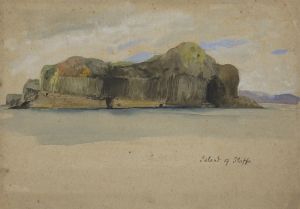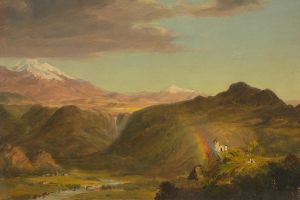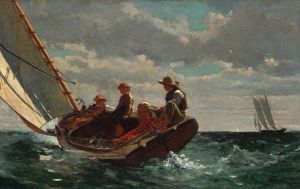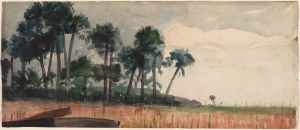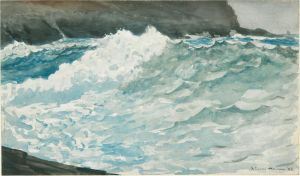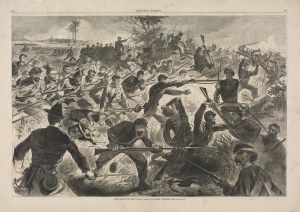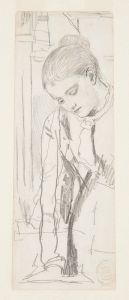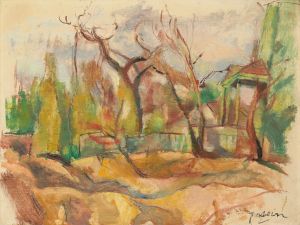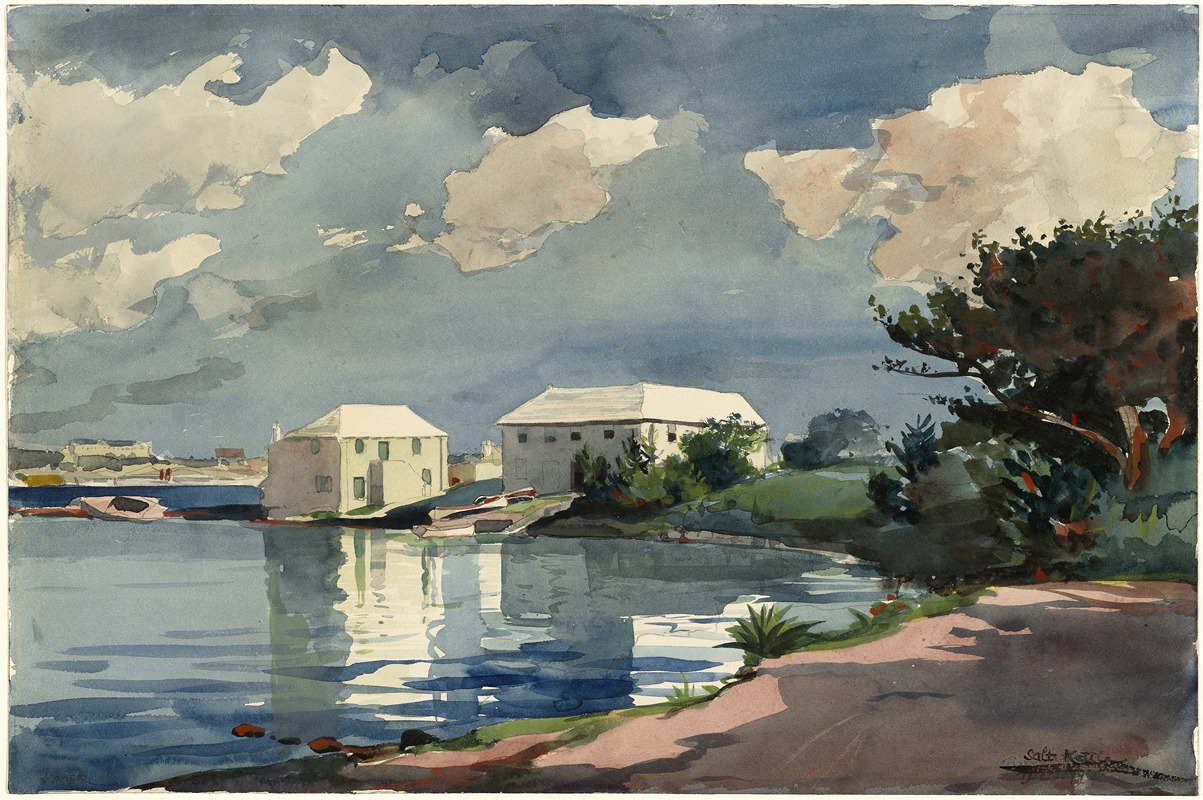
Salt Kettle, Bermuda
A hand-painted replica of Winslow Homer’s masterpiece Salt Kettle, Bermuda, meticulously crafted by professional artists to capture the true essence of the original. Each piece is created with museum-quality canvas and rare mineral pigments, carefully painted by experienced artists with delicate brushstrokes and rich, layered colors to perfectly recreate the texture of the original artwork. Unlike machine-printed reproductions, this hand-painted version brings the painting to life, infused with the artist’s emotions and skill in every stroke. Whether for personal collection or home decoration, it instantly elevates the artistic atmosphere of any space.
Winslow Homer, an American landscape painter and printmaker, is renowned for his marine subjects and depictions of the American experience. One of his notable works is "Salt Kettle, Bermuda," which captures the serene and picturesque landscape of Bermuda, a place that inspired many of his later works.
Winslow Homer was born on February 24, 1836, in Boston, Massachusetts. He began his career as a commercial illustrator and later became a prominent figure in American art, known for his realistic and dynamic portrayals of nature and human activity. His journey to Bermuda in 1899 marked a significant period in his artistic career, as he was captivated by the island's vibrant colors and unique light.
"Salt Kettle, Bermuda" is one of the paintings that emerged from Homer's time on the island. The painting reflects his keen observation of the natural environment and his ability to convey the essence of a place through his art. Bermuda, with its subtropical climate and distinct landscape, provided Homer with a new palette of colors and a different quality of light, which he skillfully incorporated into his work.
The painting depicts the tranquil waters and lush greenery of the Salt Kettle area, a small peninsula in Bermuda known for its scenic beauty. Homer's use of watercolor in this piece is particularly noteworthy, as it allowed him to capture the fluidity and transparency of the island's atmosphere. The composition of "Salt Kettle, Bermuda" demonstrates Homer's mastery in balancing detail with simplicity, creating a harmonious scene that invites viewers to experience the calm and beauty of the location.
Homer's time in Bermuda was part of his broader exploration of the Caribbean and the subtropical regions, where he sought to escape the harsh winters of the northeastern United States. This period of travel and painting contributed significantly to his development as an artist, allowing him to experiment with new techniques and subjects. His Bermuda paintings are characterized by their vibrant colors, attention to light, and the serene depiction of the island's landscapes and seascapes.
"Salt Kettle, Bermuda" is an example of Homer's ability to convey a sense of place and atmosphere through his art. The painting not only reflects the physical beauty of Bermuda but also captures the tranquility and timelessness of the island. Homer's work during this period is celebrated for its contribution to American art, as it expanded the scope of landscape painting and introduced new themes and perspectives.
Winslow Homer's legacy as one of America's greatest painters is firmly established, and his works continue to be studied and admired for their technical skill and emotional depth. "Salt Kettle, Bermuda" remains a testament to his ability to transform ordinary scenes into extraordinary works of art, capturing the essence of the places he visited and the people he encountered. Through his paintings, Homer invites viewers to see the world through his eyes, offering a glimpse into the beauty and complexity of the natural world.





